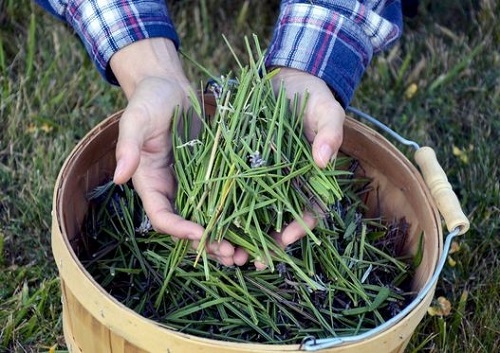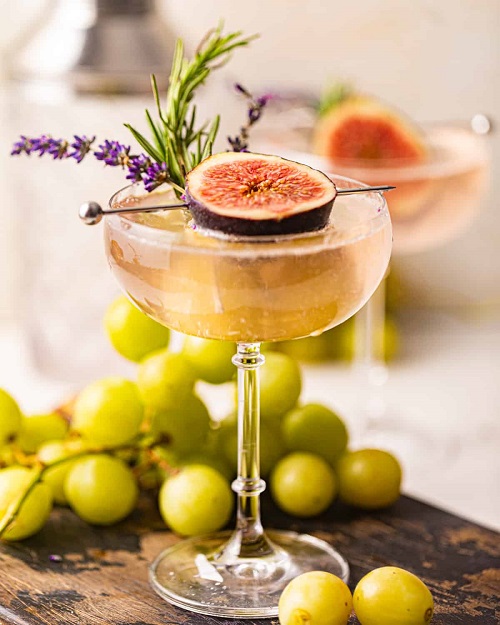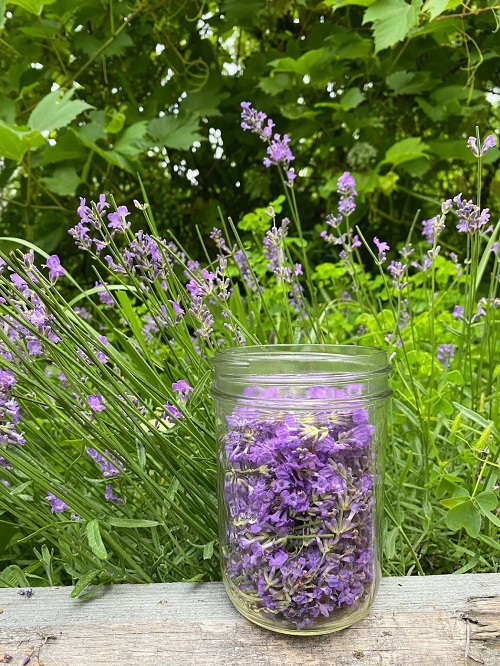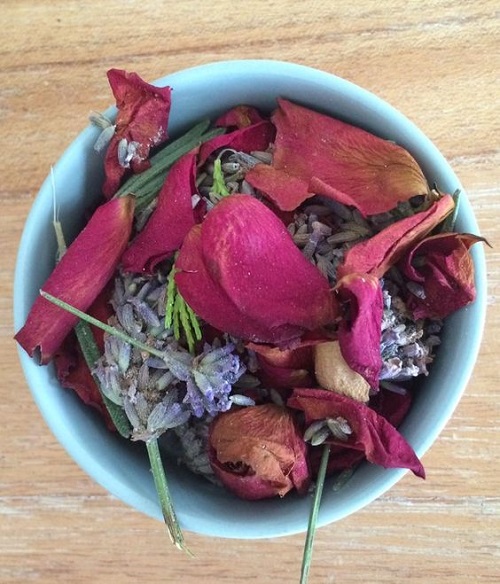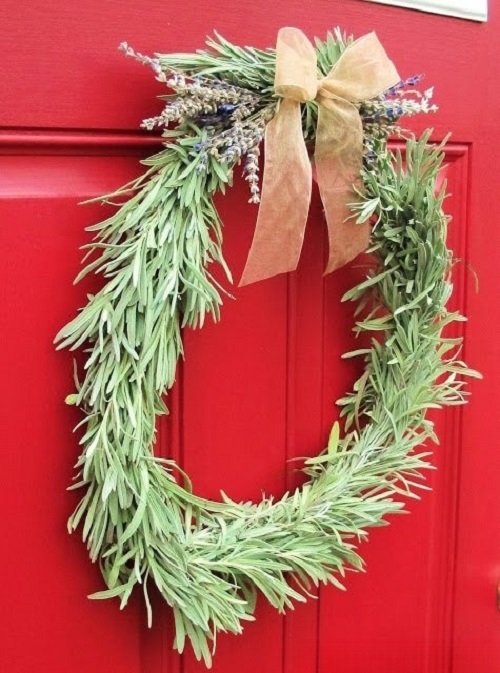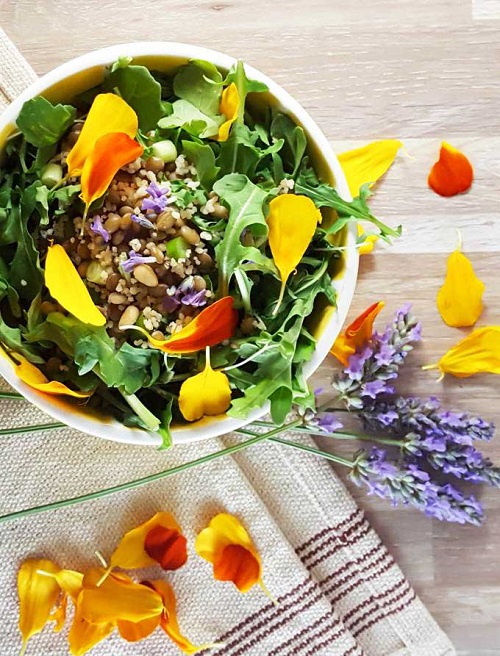The gorgeous, fragrant spikes of flowers on lavender sure are wonderful, but if you aren’t using its leaves, you’re missing out!
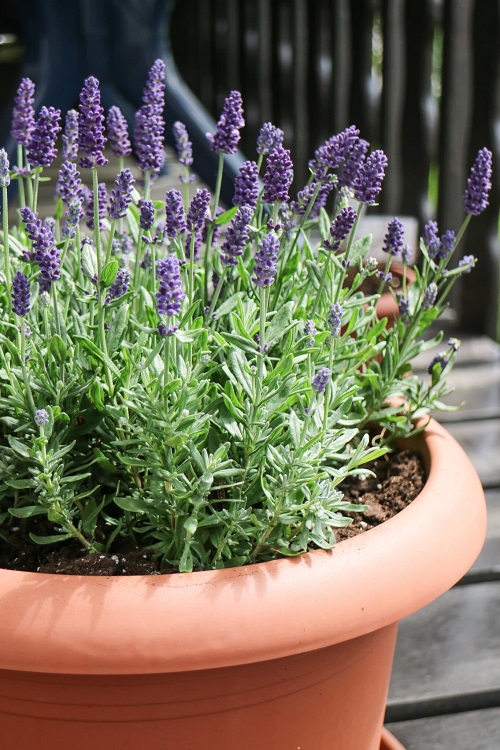 When you set out to remove old branches, leaves, and debris before winter, as this hardy plant prepares to enter dormancy, don’t throw away the clippings. Lavender leaves and twigs have several uses in both your home and garden. Check them out below!
When you set out to remove old branches, leaves, and debris before winter, as this hardy plant prepares to enter dormancy, don’t throw away the clippings. Lavender leaves and twigs have several uses in both your home and garden. Check them out below!
Facts about Lavender
Native to the Mediterranean, lavender is a hardy medicinal herb from the mint family, comprising over 30 species. This evergreen shrub is all the rage in gardening because its utility extends beyond good looks and amazing fragrance.
Popular in herb and culinary gardens and as borders and hedges, the most common varieties include English lavender (L. angustifolia), Spanish lavender (L. stoechas), and French lavender (L. dentata), as well as hybrids like lavandin.
While dried lavender flowers are popular for their use in DIY essential oils and flavoring sweets and drinks, their leaves’ properties are lesser known. But we are about to change that—let’s explore!
Lavender Leaves Uses
1. Natural Mulch & Compost
After pruning, all the leftover clippings are perfect for mulch. Dried lavender leaves increase drainage in the soil and help control weeds.
For composting, you could split its long, spindly leaves into smaller parts with a lawnmower, so they break down and are more effective.
And it doesn’t have to be fresh. Old, dried-up foliage debris can also be added to compost to make a nutrient-rich mix!
2. Pest, Bug & Deer Repellent
Lavender’s fragrance is renowned for repelling pests and deterring deer. In addition to growing lavender as borders and hedges, you can steep dried lavender leaves in water to concoct an aromatic, leafy infusion in spray form.
Strain it and spray it lightly in your garden near your plants. You could add a few drops of other essential oils to this infusion to make it stronger.
You can also pack small sachets with dried lavender leaves and flowers and hang them wherever you please, including the garden, your closet, the bathroom, etc for the fragrance.
Lavender leaves contain compounds like linalool and linalyl acetate, which give them a strong scent and repel mosquitoes, slugs, and snails as well.
3. Add To Drinks and Salads
Like dried flowers, lavender leaves are great for flavoring food and drinks. Add lavender to tea, lemonades, and cocktails, and even toss it into salads for a refreshing take on your favorite recipes. Lavender’s flavors pair well with goat cheese, quinoa, and citrus fruits.
Note: Only use small amounts of edible lavender varieties like English or Sweet Lavender for recipes.
4. DIY Essential Oils
Pure essential oils can be hard on the pocket and often adulterated. So, forget about building a collection of genuine, pure-quality lavender oil unless you’re handpicking ingredients from your own backyard and making them at home! Check out these fragrant varieties you can use for essential oils.
Fill a dark glass jar with 1.5 cups of fresh or dried lavender leaves and 2 cups of carrier oil, such as coconut, jojoba, olive, or almond. Seal the jar and store it in a cool, dry place for 2-4 weeks, occasionally shaking the blend.
Finally, strain the mix using a coffee filter or cheesecloth into a dark glass bottle with a dropper. And voila! Your DIY lavender essential oil is ready to use. Keep it away from sunlight, children, and pets. Always perform a patch test before using!
5. Make Lavender Tincture
You can make a tincture with lavender leaves to use topically to soothe headaches and ease insomnia, anxiety, stress, irritation, and cramps.
Mix a cup of fresh or dried lavender leaves with two cups of vodka or glycerin in an airtight glass jar. Shake it daily for better infusion, then strain and store it in a dark glass bottle with a dropper.
You can also use it with a carrier oil to apply topically for insect bites or skin issues like acne or eczema. Always use edible lavender varieties and keep the tincture away from sunlight, pets, and children.
6. Add to Potpourri
We love the gentle and soothing aromas of natural potpourri made of ingredients from our gardens and backyards! It relaxes and seldom irritates. And lavender leaves are perfect for this.
For a simple lavender potpourri blend, add a cup each of dried leaves and rose petals, half a cup of dried marigolds, a quarter cup of dried lemon peels, and two tablespoons of orris root powder as a fixative.
You can also boost the scents with essential oils like lemon, geranium, or lavender, but add sparingly.
Use the blend in decorative bowls in the bathroom or stack away sachets in the closet or drawers and store the rest in airtight containers.
7. For DIY Crafts
Lavender leaves can add a natural and beautiful fragrance to several DIY crafts. The fun lies in their versatility, as you can choose to adorn them all around your home and even in your garden!
Mix dried lavender leaves with other dried flowers and leaves to make beautiful wreaths and garlands, or make dried bouquets and display them on patios and balconies.
8. Desserts and More
Drinks and salads are one thing, but desserts and baked items are another realm altogether! The leaves help add a unique floral fragrance, elevating ordinary recipes to extraordinary.
Sprigs of dried lavender leaves in scones, lemon bars, shortbread cookies, cakes, and muffins are mesmerizing. And this herb works as a divine dry rub to flavor meaty recipes like lamb chops, shrimp skewers, and roast chicken.
And that’s just some of the uses of lavender leaves. If you’ve got some more lavender tricks up your sleeves, don’t forget to spill ’em secrets via the comments below!


